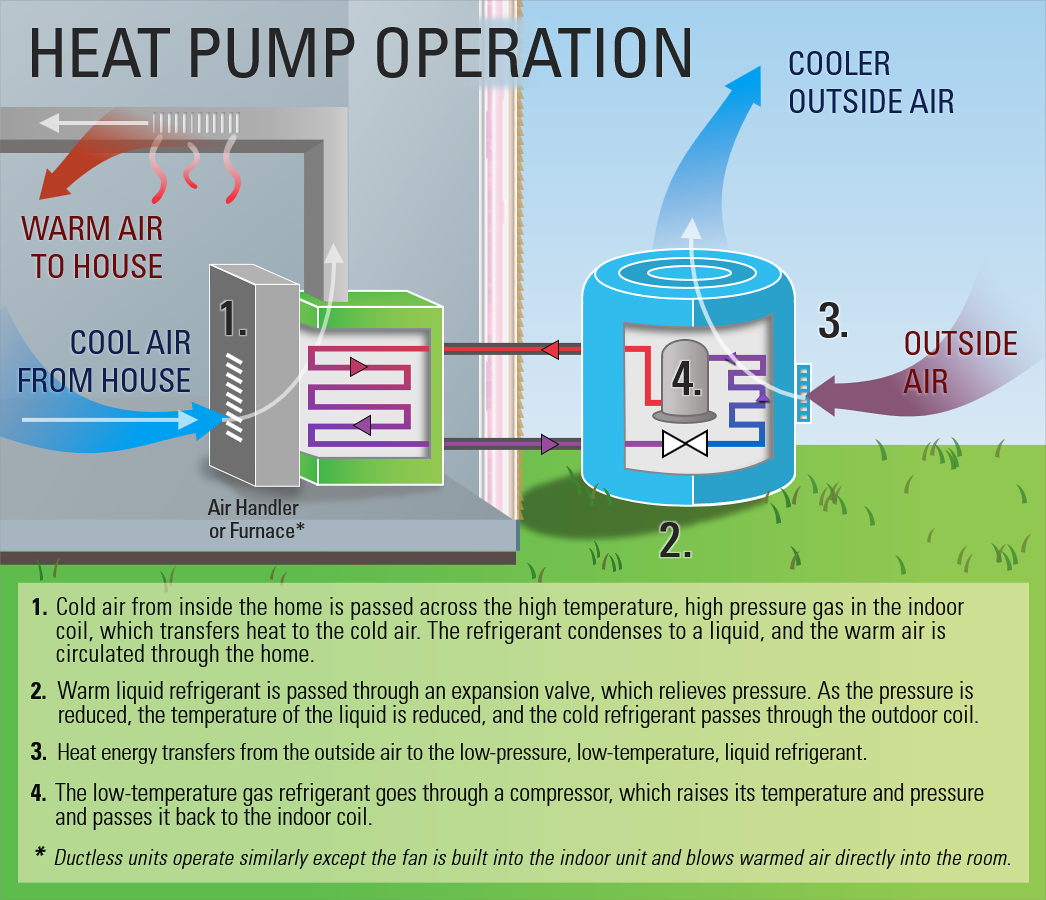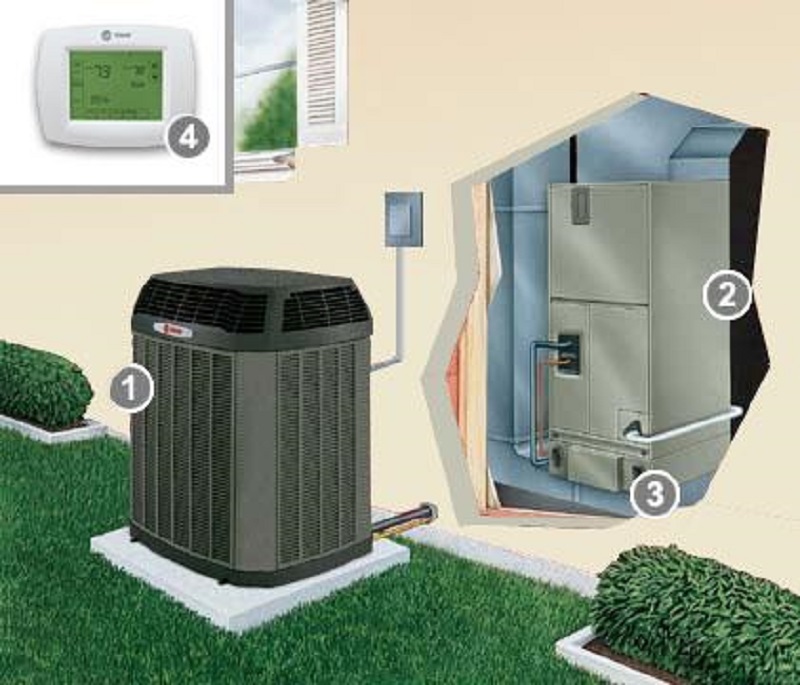Dealing with Freon Leaks: Essential AC Repair Tips

Cooling Installment in High-Rise Buildings: One-of-a-kind Obstacles
Have you ever before questioned why cooling installation in high-rise buildings presents distinct challenges?
The intricacy exceeds simply cooling down the areas successfully. Eco-friendly air conditioning repair From navigating minimal room constraints to addressing vertical distribution difficulties, each aspect requires meticulous preparation.
However what concerning the architectural factors to consider and making sure availability to electrical power for these systems?
These are just a few items of the challenge that make tackling a/c setup in skyscrapers a complex venture.
Key Takeaways
- Strategic tools positioning and noise control are crucial in skyscraper air conditioner installations.
- Efficient ductwork transmitting and maintenance access ensure optimal cooling and heating performance.
- Security, weight circulation, and adherence to building ordinance are critical for architectural honesty.
- Power effectiveness, availability, and smooth integration boost air conditioner system functionality in high-rise buildings.
Space Restrictions
When mounting air conditioning in skyscrapers, you may experience area restrictions that need mindful preparation and cutting-edge solutions. Restricted access to specific areas can posture an obstacle throughout installation. To tackle this, customized devices and imaginative handling may be essential to browse with limited areas and reach the marked areas for mounting the cooling systems.

Additionally, in high-rise buildings, noise control is important to assure the comfort and wellness of residents. The confined rooms and proximity of property devices in these structures enhance the effect of noise produced by air conditioning systems. Applying soundproofing steps, using quieter devices, and tactical positioning of parts can assist mitigate noise disturbances for locals.
Vertical Circulation Obstacles
Discovering the intricacies of skyscrapers, especially when it come to upright circulation, presents unique challenges for air conditioning setup. Ductwork difficulties are prominent in skyscraper structures, where routing ducts vertically through multiple floorings can be detailed. Setup logistics end up being crucial, as working with the positioning of ductwork and equipment in a way that warranties effective airflow and temperature level control throughout the building is critical.
Maintenance gain access to is another substantial worry when it pertains to vertical circulation in high-rise buildings. Ensuring that a/c systems are easily accessible for routine maintenance and repairs is important for lasting capability. Additionally, the logistics of devices transportation to higher floors pose an obstacle. Relocating heavy air conditioning devices, ductwork components, and other products up upright ranges calls for mindful preparation and control to assure security and effectiveness.
Structural Considerations
Taking into consideration the structural integrity of high-rise buildings is important when planning a/c setups. Skyscrapers are developed to sustain certain weights, and including air conditioning systems can influence the overall weight distribution. It's vital to abide by developing codes to make certain that the added weight from the a/c devices doesn't jeopardize the structure's structural security. Building regulations detail the maximum allowable tons for different sections of the building, consisting of floors and wall surfaces, to prevent overloading.
Appropriate weight distribution is necessary to avoid irregular stress on the building's structure, which can cause structural concerns gradually. HVAC systems must be tactically put to distribute their weight evenly and minimize any type of potential stress on particular areas. Designers need to very carefully assess the building's load-bearing ability and layout the a/c installation accordingly to see to it that it satisfies security standards and regulatory demands.
Electric Power Access
To verify the successful setup of a/c systems in high-rise buildings, reviewing the availability of electrical power is critical.
When evaluating the electric power ease of access for cooling in skyscrapers, consider the following:
- Distance to Source Of Power: See to it that the cooling units lie near power sources to lessen energy loss and assurance reliable operation.
- Remote Control Capability: Select systems that use push-button control features, allowing for practical monitoring and adjustment of the cooling systems from a distance.
- Energy Efficiency Scores: Prioritize air conditioning units with high energy effectiveness rankings to reduce total electrical energy consumption and lower functional costs.
- Back-up Power Solutions: Implement backup power options like generators or battery back-ups to guarantee continuous procedure of the air conditioning systems during power blackouts.
A/c System Combination

When incorporating a/c systems into skyscrapers, coordinate flawlessly with existing framework for peak performance. Guarantee system compatibility by completely examining the structure's format and existing a/c setup. Throughout the installment procedure, prioritize efficient combination to enhance the overall efficiency of the cooling system.
To attain successful a/c system assimilation, team up closely with designers, designers, and contractors to attend to any possible obstacles. Conduct a detailed evaluation of the structure's ventilation, ductwork, and control systems to make certain smooth compatibility with the new HVAC devices. This aggressive technique can help stop costly rework and hold-ups during the setup stage.
Integrating cooling and heating systems in high-rise buildings calls for meticulous preparation and precise implementation to ensure peak functionality. Implementing advanced technology and energy-efficient elements can further boost system performance and sustainability. By prioritizing seamless assimilation and system compatibility, you can create a comfortable indoor setting while maximizing power performance in high-rise structures.
Frequently Asked Questions
Are There Any Certain Laws or Codes That High-Rise Buildings Must Follow When Setting Up Air Conditioning Systems?
When setting up air conditioning systems in skyscrapers, guidelines and security conformity are vital. Certain codes dictate just how these systems need to be installed to guarantee the security of passengers. Conformity with these regulations is crucial for the proper functioning of the air conditioning systems and to prevent possible dangers.
It is very important to adhere to these standards diligently to ensure a safe and effective cooling system within the structure.
What Are Some Common Solutions for Sound Control in Cooling Systems in Skyscraper?
To decrease sound in cooling systems in skyscrapers, take into consideration soundproofing products and calculated placement to wet vibrations. Select energy-efficient models with quieter procedure.
Normal maintenance checks and prompt fixings can prevent noisy malfunctions. Furthermore, utilizing variable speed technology can reduce noise levels during low-demand periods.
How Do Extreme Climate Condition, Such as High Winds or Lightning Strikes, Affect the Installation and Operation of Air Conditioning Systems in Skyscraper?
Severe weather conditions such as high winds or lightning strikes can considerably influence the installation and operation of cooling systems in high-rise buildings. These weather aspects can pose architectural obstacles, influencing the stability and efficiency of the systems.
When encountering such conditions, it's important to think about the durability of the structure's facilities and the resilience of the HVAC parts to ensure ideal working and safety.
Exist Any Type Of Unique Considerations for Incorporating Smart or Energy-saving Technologies Into Air Conditioning Solutions in High-Rise Buildings?

When considering integrating wise or energy-efficient modern technologies right into air conditioning systems in high-rise buildings, there are some unique factors to consider to keep in mind. Assimilation difficulties might arise when linking different systems, and adjusting these innovations to work successfully in a vertical setting can be challenging.
Nevertheless, energy-saving modern technologies supply great potential for minimizing expenses and ecological effect. It is essential to very carefully prepare and implement these remedies to optimize their advantages.
What Are the Upkeep Requirements for Air Conditioning Equipments in High-Rise Buildings, and How Usually Should They Be Serviced?
To maintain your a/c systems in skyscrapers running smoothly, normal maintenance is vital.
Maintenance frequency depends on elements like usage and system intricacy. Generally, it's recommended to have your a/c devices examined a minimum of once a year by a professional service technician.
This routine upkeep not just ensures top performance but also assists in preserving energy effectiveness, saving you money over time.
Verdict
Generally, installing cooling in high-rise buildings provides distinct challenges as a result of area restrictions, vertical distribution obstacles, structural considerations, electrical power ease of access, and cooling and heating system integration. Split system air conditioning installation
It calls for mindful preparation and coordination to ensure the system operates efficiently and successfully in such intricate settings.
By attending to these difficulties head-on and dealing with seasoned specialists, structure proprietors can ensure that their residents remain comfortable and cool also in the tallest of structures.
